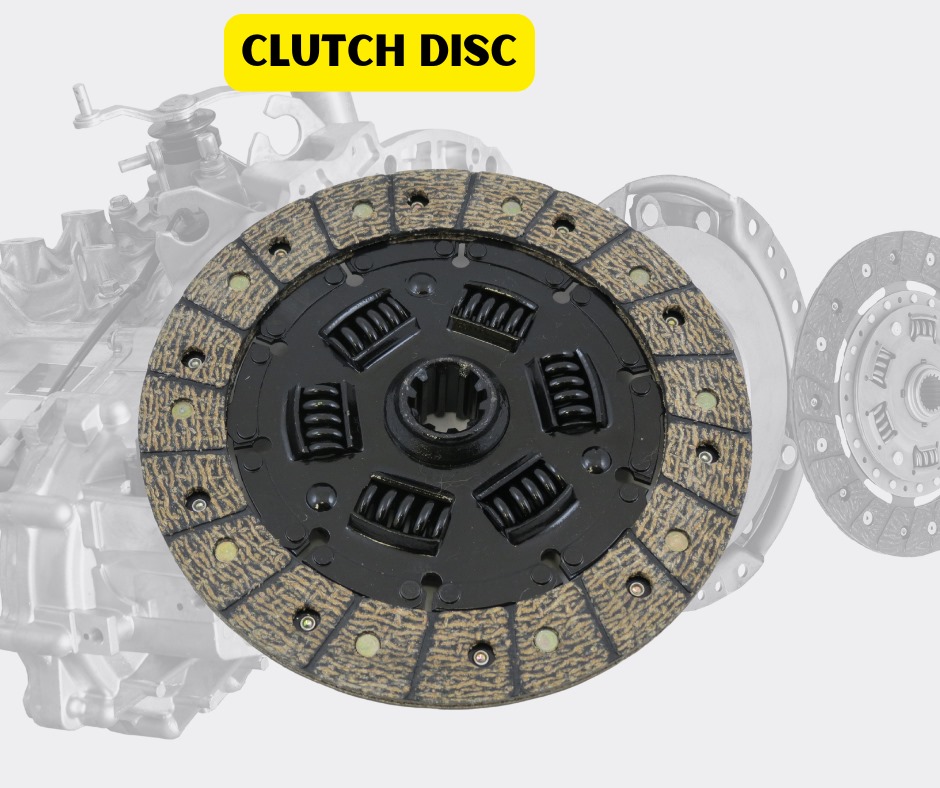Understanding the Essential Functions of a Clutch Disc

Discover how the clutch disc plays a pivotal role in your vehicle’s performance, ensuring a smooth ride and precise control.
Exploring the Role of the Clutch Disc in Vehicle Mechanics
The clutch disc is an integral component of a vehicle's transmission system. It sits between the engine and the transmission and is responsible for transmitting engine power to the gearbox. When the clutch pedal is depressed, the clutch disc disengages, allowing the driver to change gears smoothly without interrupting the engine's operation.
Moreover, the clutch disc plays a critical role in the overall performance of a vehicle. It ensures that power is efficiently transferred from the engine to the wheels, enabling the vehicle to move and accelerate as needed. Without a properly functioning clutch disc, a vehicle would struggle to shift gears and could suffer from reduced performance and increased wear on other components.
How the Clutch Disc Facilitates Smooth Gear Transitions
One of the primary functions of the clutch disc is to facilitate smooth gear transitions. When a driver depresses the clutch pedal, the clutch disc disengages from the flywheel, temporarily cutting the connection between the engine and the transmission. This disengagement allows the driver to shift gears without causing damage to the transmission or experiencing a jarring transition.
Once the new gear is selected, releasing the clutch pedal re-engages the clutch disc with the flywheel, re-establishing the connection between the engine and the transmission. This smooth engagement is crucial for maintaining vehicle control and comfort, especially during acceleration and deceleration.
The Impact of Clutch Disc on Torque Transfer and Vehicle Control
Torque transfer is another critical aspect of a clutch disc's function. The clutch disc is designed to handle the high levels of torque generated by the engine and transmit it to the transmission without slipping. This efficient transfer of torque is essential for maintaining vehicle performance and ensuring that the engine's power is effectively used.
By managing the transfer of torque, the clutch disc also plays a significant role in vehicle control. A well-functioning clutch disc allows for precise control over the vehicle's acceleration and deceleration, enhancing the driver's ability to navigate different driving conditions safely and comfortably.
Maintaining Your Clutch Disc: Tips and Best Practices
Proper maintenance of the clutch disc is essential for ensuring its longevity and performance. Regular inspections can help identify wear and tear early, preventing more severe damage and costly repairs. Drivers should pay attention to signs of clutch problems, such as slipping, sticking, or unusual noises when shifting gears.
In addition to regular inspections, drivers should practice good driving habits to extend the life of their clutch disc. Avoiding unnecessary riding of the clutch pedal, using the handbrake on inclines instead of holding the vehicle with the clutch, and ensuring smooth gear changes can all contribute to the longevity of the clutch disc.
Innovations and Future Trends in Clutch Disc Technology
The automotive industry is continually evolving, and clutch disc technology is no exception. Recent innovations have focused on enhancing the durability and performance of clutch discs, making them more efficient and reliable. Advanced materials and manufacturing techniques are being used to produce clutch discs that can withstand higher levels of torque and heat, reducing wear and improving overall performance.
Looking to the future, we can expect further advancements in clutch disc technology. Developments in electric and hybrid vehicles are driving the need for new types of clutch systems that can seamlessly integrate with these advanced powertrains. As technology continues to evolve, clutch discs will likely become even more efficient, durable, and capable of meeting the demands of modern vehicles.

 Loading..
Loading..